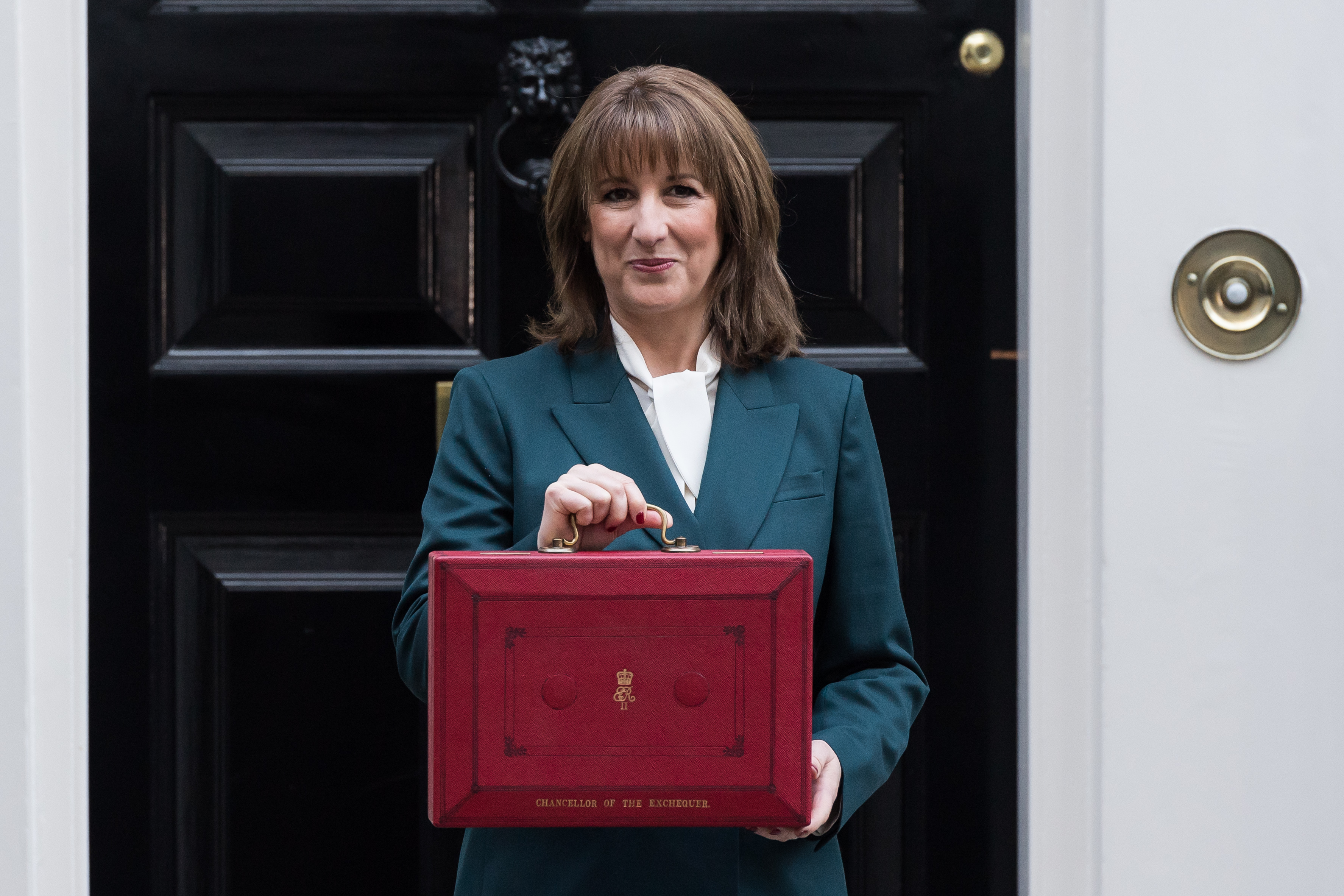Return on capital employed (ROCE)
This key ratio measures the profitability of a firm taking account of the amount of money it deploys.
Updated August 2018
Return on capital employed (ROCE) looks at a company's trading profit as a percentage of the money or assets invested in its business. In its simplest form, the money invested in a business is the amount of equity raised plus any loans taken out.
You can compare this to buying a house if you were to buy a £100,000 house with a 20% deposit, then the £100,000 of capital employed to buy the house is made up of an £80,000 mortgage and £20,000 of equity. In other words, this is all of the money (capital) the company is using (employing) to generate profits (the return in the case of a company, measured using operating profit).
MoneyWeek
Subscribe to MoneyWeek today and get your first six magazine issues absolutely FREE

Sign up to Money Morning
Don't miss the latest investment and personal finances news, market analysis, plus money-saving tips with our free twice-daily newsletter
Don't miss the latest investment and personal finances news, market analysis, plus money-saving tips with our free twice-daily newsletter
You can look at the ROCE figure as being similar to an interest rate on a savings account the higher the better (within reason). ROCE can tell you how good the management team is at investing the money it has been given by investors and lenders in other words, it shows you how hard the capital tied up in the company is working, and can give you a good idea of whether the return being generated on that capital represents a good deal for potential investors.
As with many other financial ratios, it is best to calculate ROCE over a period of time. Ideally, you should go back for at least five years and look at the trend, since cyclical businesses (ones whose fortunes rise and fall with the level of broader economic activity) can enjoy a very high ROCE over short periods, while having low average returns over the longer term. A high and stable ROCE can be a sign of a very good company, as it shows that a firm is making consistently good use of its resources.
A good ROCE varies between industries and sectors, and has changed over time, but the long-term average for the wider market is around 10%.
See Tim Bennett's video tutorial:Six things every investor should know about ROCE.
Get the latest financial news, insights and expert analysis from our award-winning MoneyWeek team, to help you understand what really matters when it comes to your finances.
MoneyWeek is written by a team of experienced and award-winning journalists, plus expert columnists. As well as daily digital news and features, MoneyWeek also publishes a weekly magazine, covering investing and personal finance. From share tips, pensions, gold to practical investment tips - we provide a round-up to help you make money and keep it.
-
 Autumn Budget quiz: How closely were you following Rachel Reeves’s tax-raising speech?
Autumn Budget quiz: How closely were you following Rachel Reeves’s tax-raising speech?Quiz Rachel Reeves announced a slew of new tax hikes in the Autumn Budget, impacting almost every taxpayer in the UK. How closely were you following the fiscal event?
-
 How the ‘Reeves Freeze’ on income tax thresholds could cost you up to £1,300
How the ‘Reeves Freeze’ on income tax thresholds could cost you up to £1,300The income tax threshold freeze will rake in an extra £12 billion by 2031, according to the Office for Budget Responsibility

